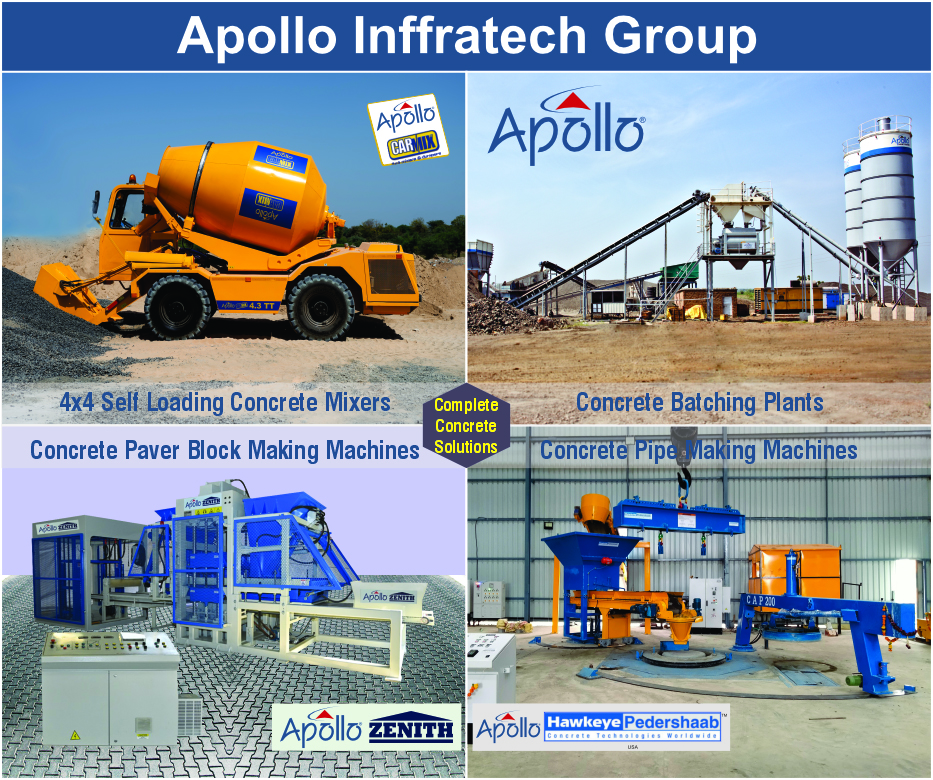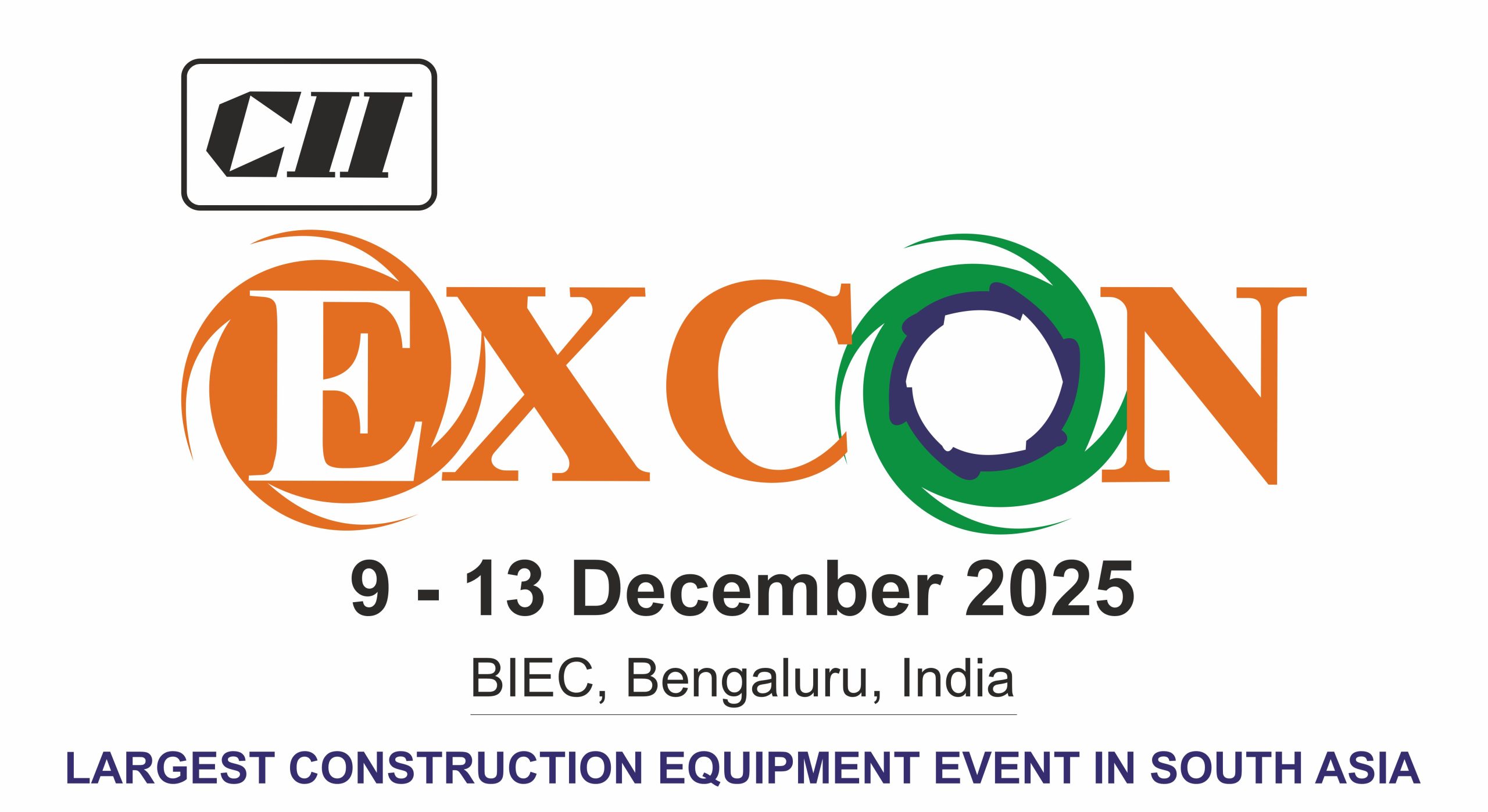India’s booming building materials market—valued at over USD 255 billion—has long been held back by fragmented, manual distribution systems. But a new wave of digitisation is radically altering how cement, steel, tiles, and sanitaryware reach construction sites and builders.
Leading manufacturers are empowering distributors and dealers with SaaS-based CRMs, AI-driven demand forecasting, and real-time analytics to better manage order flow and inventory. These tools, tailored for local usage, help streamline multi-tiered supply chains, reducing delivery delays and stockouts that previously stalled projects.
Yet adoption remains a challenge—especially among smaller players accustomed to pen-and-paper. Experts suggest low-friction, persona-driven platforms that integrate with existing workflows as a pragmatic entry point. The result? Enhanced transparency, better demand-supply balance, and more informed replenishment for last-mile dealers.
Automation is also reaching warehouses through robotic arms, digital screens, and smart conveyors, significantly improving loading speed and reducing human errors . Over time, these technologies may converge into Smart Industrial Parks, using IoT sensors and digital twins to monitor and optimize logistics end-to-end .
Building materials distribution in India is entering a sweeping transformation—upgrading from fragmented networks to agile, digitally-enabled systems that deliver better service, lower costs, and real-time visibility across the value chain.










